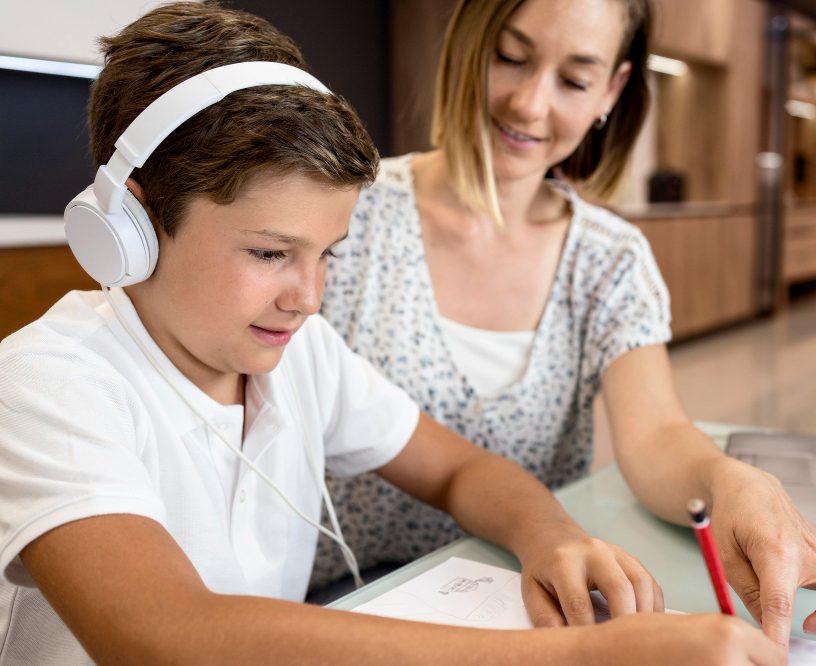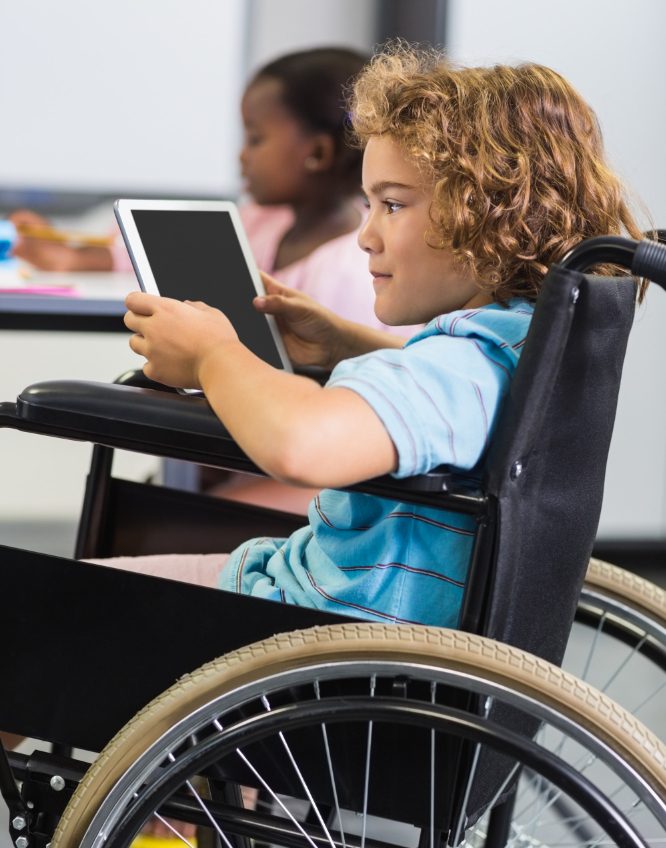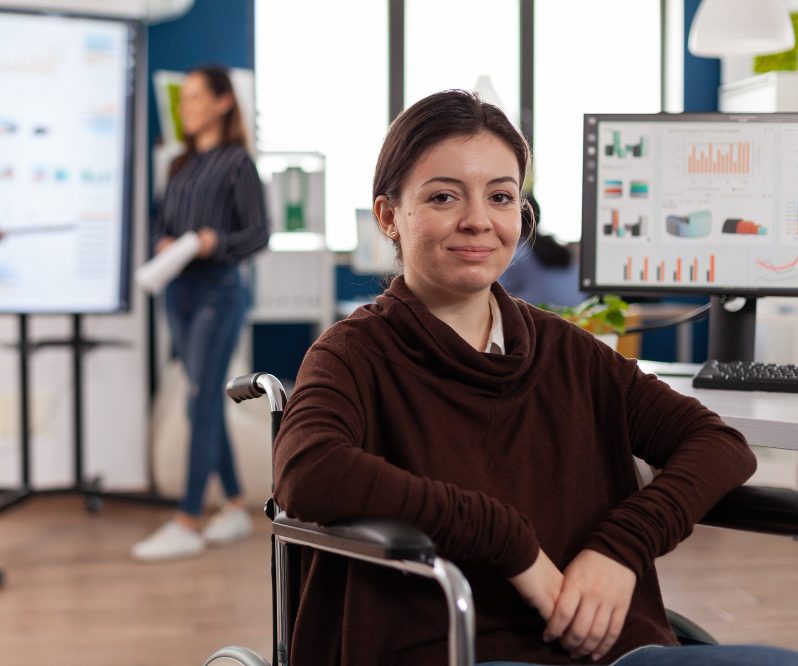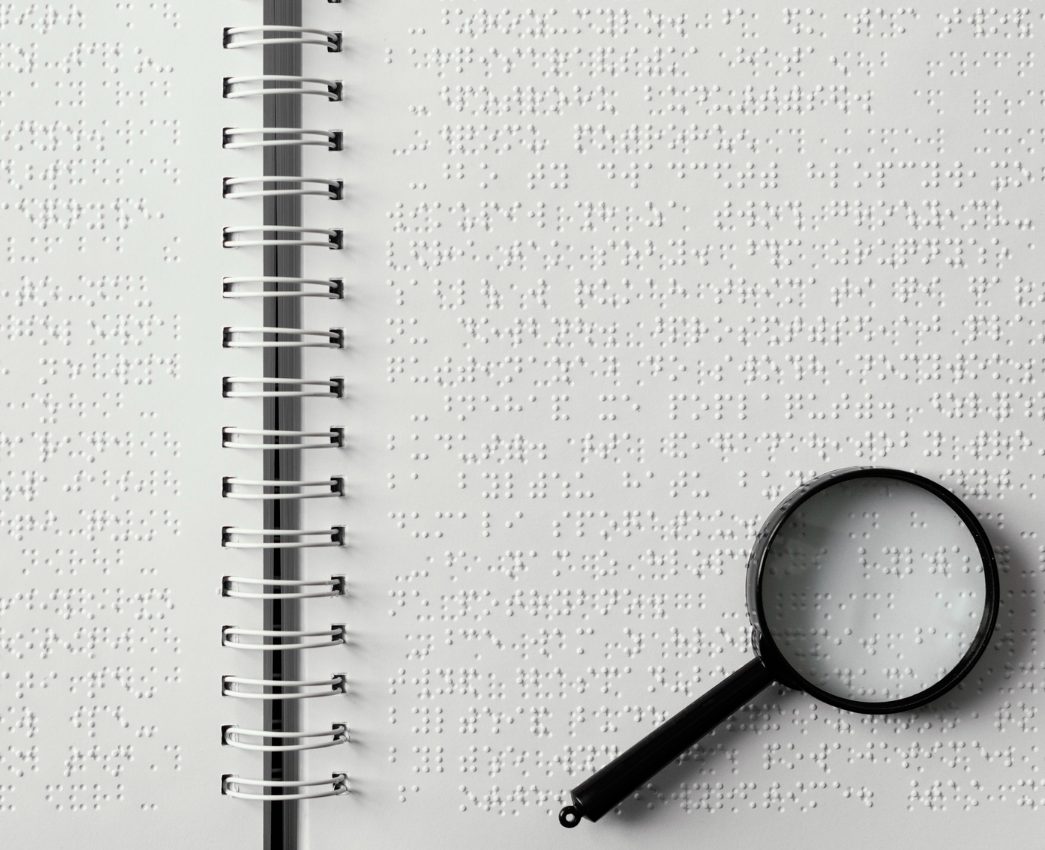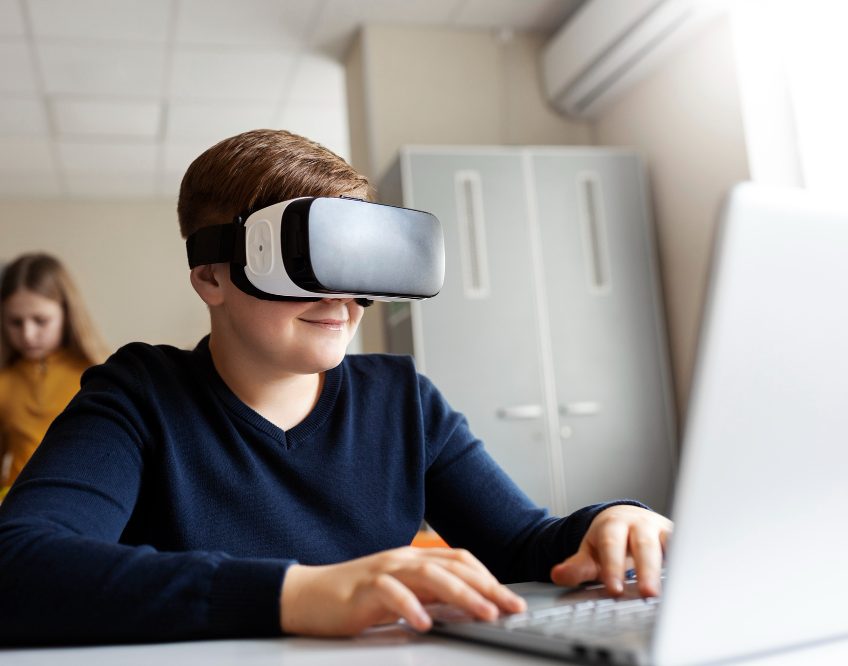In today’s digital age, technology has become an integral part of education, providing innovative tools and resources that enhance learning experiences for all students.
For Special Educational Needs (SEN) students, assistive technology plays a crucial role in levelling the playing field, ensuring they have equal access to learning materials.
This blog will explore the various types of assistive technology used in SEN education, their benefits, and practical tips for integrating these tools effectively in the classroom.



